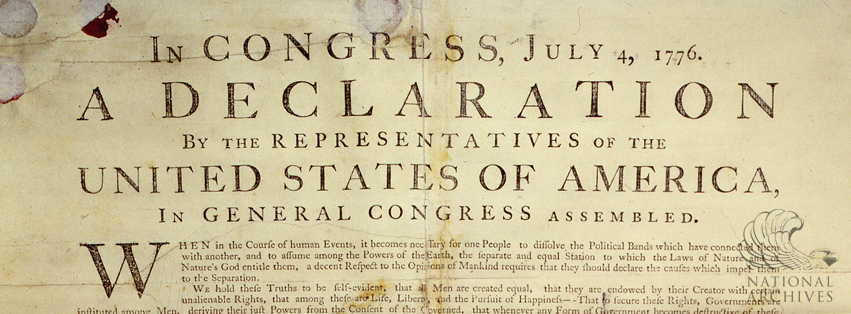Whiteman Air Force Base executes B-2 Spirit Elephant Walk and Fly-off as the grand finale of the base's annual Spirit Vigilance exercise. This routine training ensures US Air Force airmen are always ready to execute nuclear operations and global strike.https://t.co/0zJO7rD2KW pic.twitter.com/eAOyVOgJwc
— Ryan Chan 陳家翹 (@ryankakiuchan) November 23, 2022
Hey Russian do you know b2 bomber 😎😎🇺🇲🇺🇲 pic.twitter.com/5NYe5DjLgD
— Chesda (@puthichesda) May 3, 2022
“There’s that giant triangle UFO everyone claimed they saw” ✈️🛸#B2bomber
📸 Chris Smyth pic.twitter.com/1JWDS7mYXg
— Aviation (@ilove_aviation) September 11, 2022
Once you see it, it will never be unseen –

The Northrop (later Northrop Grumman) B-2 Spirit, also known as the Stealth Bomber, is an American heavy strategic bomber, featuring low observable stealth technology designed for penetrating dense anti-aircraft defenses. Designed during the Cold War, it is a flying wing design with a crew of two. The bomber is subsonic and can deploy both conventional and thermonuclear weapons, such as up to eighty 500-pound class (230 kg) Mk 82 JDAM GPS-guided bombs, or sixteen 2,400-pound (1,100 kg) B83 nuclear bombs. The B-2 is the only acknowledged aircraft that can carry large air-to-surface standoff weapons in a stealth configuration. Development started under the “Advanced Technology Bomber” (ATB) project during the Carter administration; its expected performance was one of the President’s reasons for the cancellation of the Mach 2 capable B-1A bomber. The ATB project continued during the Reagan administration, but worries about delays in its introduction led to the reinstatement of the B-1 program. Program costs rose throughout development. Designed and manufactured by Northrop, later Northrop Grumman, the cost of each aircraft averaged US$737 million (in 1997 dollars). Total procurement costs averaged $929 million per aircraft, which includes spare parts, equipment, retrofitting, and software support. The total program cost, which included development, engineering and testing, averaged $2.13 billion per aircraft in 1997. Because of its considerable capital and operating costs, the project was controversial in the U.S. Congress. The winding-down of the Cold War in the latter portion of the 1980s dramatically reduced the need for the aircraft, which was designed with the intention of penetrating Soviet airspace and attacking high-value targets. During the late 1980s and 1990s, Congress slashed plans to purchase 132 bombers to 21. In 2008, a B-2 was destroyed in a crash shortly after takeoff, though the crew ejected safely. As of 2018, twenty B-2s are in service with the United States Air Force, which plans to operate them until 2032, when the Northrop Grumman B-21 Raider is to replace them. The B-2 is capable of all-altitude attack missions up to 50,000 feet (15,000 m), with a range of more than 6,000 nautical miles (6,900 mi; 11,000 km) on internal fuel and over 10,000 nautical miles (12,000 mi; 19,000 km) with one midair refueling. It entered service in 1997 as the second aircraft designed to have advanced stealth technology after the Lockheed F-117 Nighthawk attack aircraft. Though designed originally as primarily a nuclear bomber, the B-2 was first used in combat dropping conventional, non-nuclear ordnance in the Kosovo War in 1999. It later served in Iraq, Afghanistan, and Libya. On 23 February 2008, B-2 “AV-12” Spirit of Kansas crashed on the runway shortly after takeoff from Andersen Air Force Base in Guam.[149] Spirit of Kansas had been operated by the 393rd Bomb Squadron, 509th Bomb Wing, Whiteman Air Force Base, Missouri, and had logged 5,176 flight hours. The two-person crew ejected safely from the aircraft. The aircraft was destroyed, a hull loss valued at US$1.4 billion.[150][151] After the accident, the USAF took the B-2 fleet off operational status for 53 days, returning on 15 April 2008.[152] The cause of the crash was later determined to be moisture in the aircraft’s Port Transducer Units during air data calibration, which distorted the information being sent to the bomber’s air data system. General characteristics Crew: 2: pilot (left seat) and mission commander (right seat) Length: 69 ft 0 in (21.0 m) Wingspan: 172 ft 0 in (52.4 m) Height: 17 ft 0 in (5.18 m) Wing area: 5,140 sq ft (478 m2) Empty weight: 158,000 lb (71,700 kg) Gross weight: 336,500 lb (152,200 kg) Max takeoff weight: 376,000 lb (170,600 kg) Fuel capacity: 167,000 pounds (75,750 kg) Powerplant: 4 × General Electric F118-GE-100 non-afterburning turbofans, 17,300 lbf (77 kN) thrust each Performance Maximum speed: 630 mph (1,010 km/h, 550 kn) at 40,000 ft (12,000 m) altitude / Mach 0.95 at sea level Cruise speed: 560 mph (900 km/h, 487 kn) at 40,000 ft (12,000 m) altitude Range: 6,900 mi (11,000 km, 6,000 nmi) Service ceiling: 50,000 ft (15,200 m) Wing loading: 67.3 lb/sq ft (329 kg/m2) Thrust/weight: 0.205 Armament 2 internal bays for ordnance and payload with an official limit of 40,000 lb (18,000 kg); maximum estimated limit is 50,000 lb (23,000 kg) 80× 500 lb (230 kg) class bombs (Mk-82, GBU-38) mounted on Bomb Rack Assembly (BRA) 36× 750 lb (340 kg) CBU class bombs on BRA 16× 2,000 lb (910 kg) class bombs (Mk-84, GBU-31) mounted on Rotary Launcher Assembly (RLA) 16× B61 or B83 nuclear bombs on RLA (strategic mission) Standoff weapon: AGM-154 Joint Standoff Weapon (JSOW) and AGM-158 Joint Air-to-Surface Standoff Missile (JASSM) 2× GBU-57 Massive Ordnance Penetrator
































CLICK HERE FOR COMMENTS